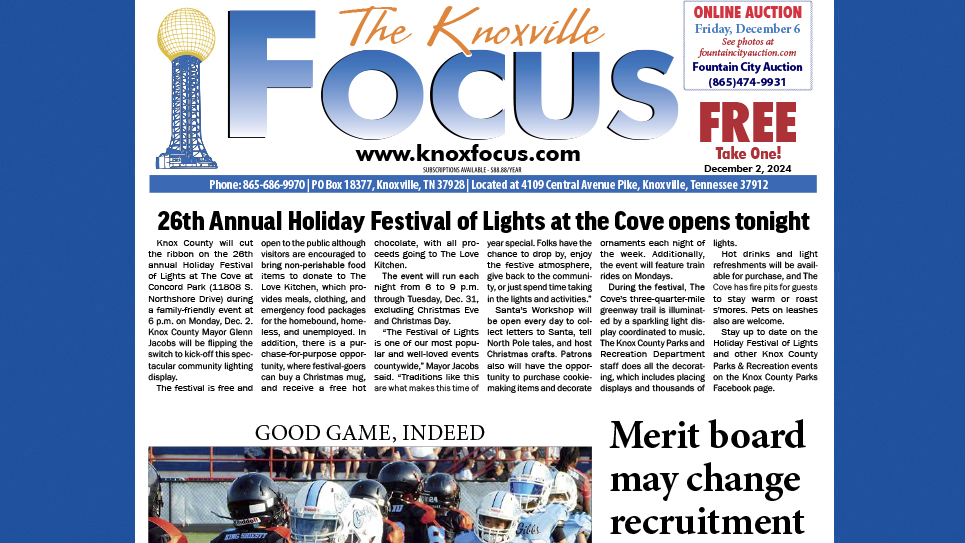I never know what I’m going to write about. I used to fret about my publishing deadline. However, after writing a half million words, I don’t search for storylines anymore, I just wait for stories to find me. And sometimes I don’t know where my thoughts or writing will take me.
You may find it peculiar, but I like to read several books at once. I’m currently reading two books by the same author, Philip Yancey, who is one of my favorites. Yancey was trained as a journalist, but took the high road and, instead, became a writer to express his creative talents. In his book “Soul Survivor” Yancey asks the question of himself, “How do I know what I think or feel unless I…begin to write about it?” Bingo, Mr. Yancey! I feel the same way. In fact, my email signature line comes from a fortune cookie and reads, “Keep writing, the answers will come.”
It seems that local advertising is calling our attention to drug addiction and treatment facilities, venues and medications for ED (erectile dysfunction), and sleep apnea diagnosis and its treatment. Of course these are important issues, but they are first world problems because in second and third world, addiction, erections and sleep are far less important than food and safe water.
The phrase sleep apnea derives from inadequate breathing associated with sleep. To the best of my knowledge, I’ve never written about the sleep apnea syndrome and its complications, so take a deep breath and read on.
My first introduction to sleep apnea was through Charles Dickens’ first novel, “The Pickwick Papers.” In medical school I learned about Joe the gluttonous and sleepy Fat Boy in Dickens novel who suffered from the modern medical moniker, Pickwickian Syndrome. This form of sleep apnea is associated with obesity, somnolence and a poor respiratory drive, thought to be related to a central nervous system defect in the brain.
We take for granted bodily functions such as the regulation of blood pressure, digestion and breathing. In fact, thinking about breathing is problematic when the brain stem regulatory processes are overridden by our thoughtful frontal lobe. Have you ever wondered why humans are thoughtful and your cat is seemingly less so? It’s because the cat doesn’t have a large frontal lobe, the brain area above your eyebrows. It is the site where reason and logic occur. Cats are, of course, smart for cats, but felines don’t contemplate their origin or their place in the universe. If you doubt my philosophical and anatomical observations of cats, stroke your cat’s head and note that Whiskers doesn’t have the high forehead – and large frontal lobe – of a human being.
When you count sheep to get to sleep – I recite psalms – the controlling and reasoning area of the brain is distracted, allowing the brainstem to do its work and produce sleep. Science has shown that restorative sleep is integral to health. During sleep we are cut off from the world and depend upon our brain stem to control heartbeats, blood pressure and even our breathing. As a kid I learned the bedtime prayer, “Now I lay me down to sleep…” A few years ago I read that the words of this childhood prayer were considered disturbing to some snowflake parents. As I awaken each morning and reboot the computer that sits atop my shoulders, I thank God that I have returned from that netherworld of sleep and afforded another day of life on earth.
In the deeper stages of sleep our muscles become flaccid. Most of us have observed children whom you can lay across the back of a chair and not awaken them from their deep slumber. When we sleep the muscles of our throat also relax. We’ve all seen our spouses sleeping. The lower jaw becomes flaccid and the tongue falls backwards in the throat. And even a pretty wife can snore like a freight train! A friend of mine tells the story of a German woman who wagged her finger at him as he started to take a picture of his wife dozing on a train. It’s not a pretty picture for any of us.
We are designed to maintain an open airway even when we sleep. Tone persists in the throat muscles to maintain the air passage even as inspiration generates negative pressures which tend to collapse the airway. Obesity is rampant in our country and is associated with fatty deposits not only around your midsection and on your derrière, but also in your throat and neck. As a result the airway may become physically constricted and obstruction may ensue as muscles relax during sleep especially as we lie on our backs.
The symptoms of the increasingly common obstructive sleep apnea syndrome are snoring, snorting and periods of not breathing (apnea). Also frequent awakening with breathlessness, fatigue due to poor sleep and daytime hypersomnolence (excessive sleepiness) are common. I remember an obese colleague who would always fall asleep during even non-boring medical lectures. And in more extreme cases, nocturnal seizures, edema, bedwetting and atrial fibrillation can occur.
I once saw a video of a patient during an overnight sleep study to evaluate sleep apnea. The patient was wired with numerous monitors and EKG electrodes and was fitted with what might be best described as a Hannibal Lecter mask. Despite all these accoutrements, the lady rolled all over the bed, walked around and even turned somersaults without ever awakening. This was obviously jumpy legs syndrome on steroids!
Formal sleep studies are often recommended as part of the diagnostic regimen for people suspected of having disordered sleeping or obstructions of their airway. It has always amazed me that patients can sleep with all of these monitoring attachments. And the acid test of obstructive sleep apnea is that patients feel refreshed after sleeping with a CPAP (continuous positive airway pressure) mask. The device works by constantly blowing air through the mouth or the nasal passages to keep the airways from collapsing like a balloon.
The passage from Genesis 2:7 resonates with me. It speaks of the “breath of life” which completes a human being. I think of this as ensoulment, a process that tethers us to a higher reality. This sublime theological and philosophical process is profound. It makes us more than the sum of our parts and trumps all of man’s medical knowledge and his CPAP tools.






